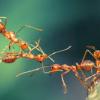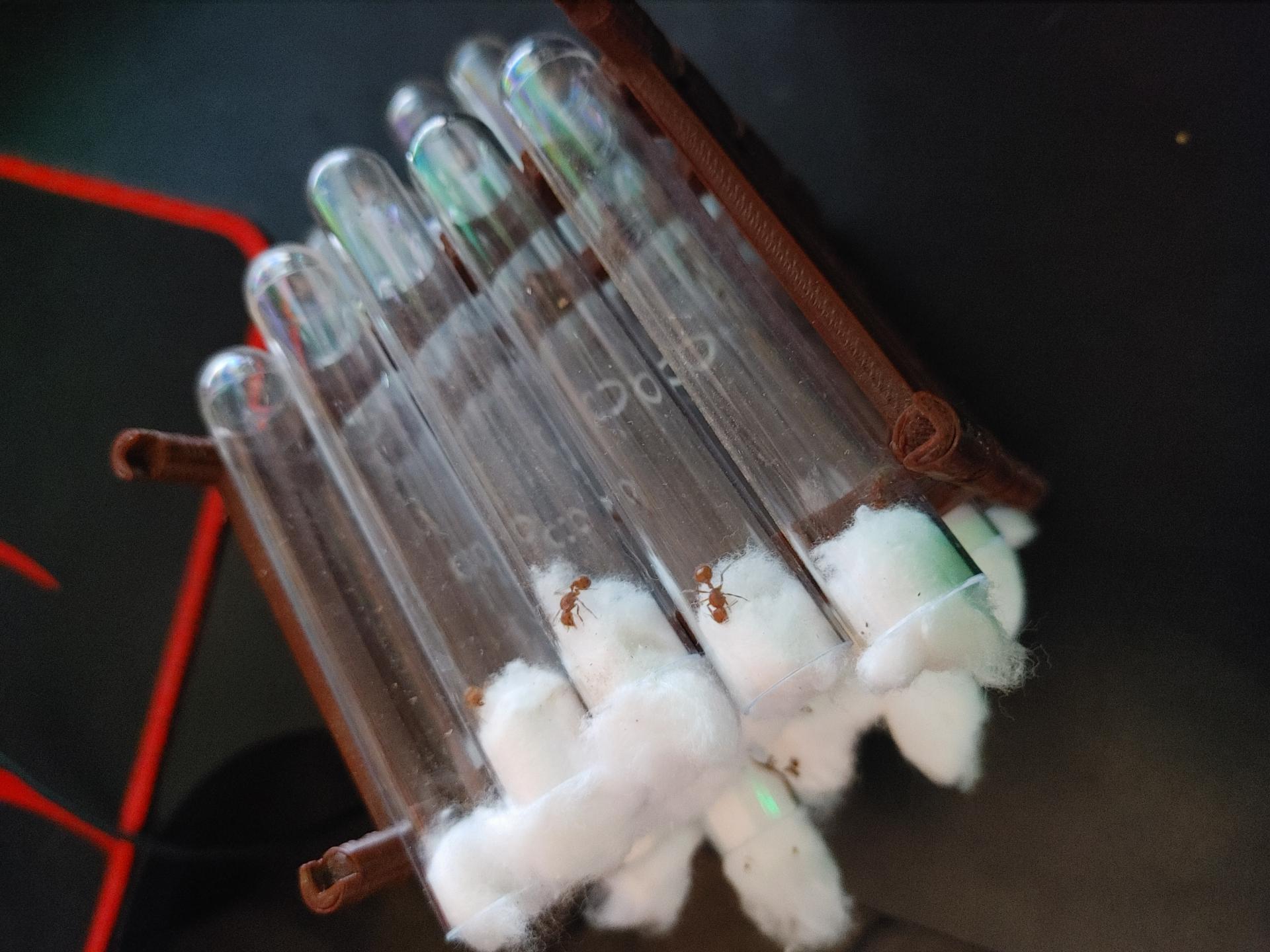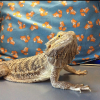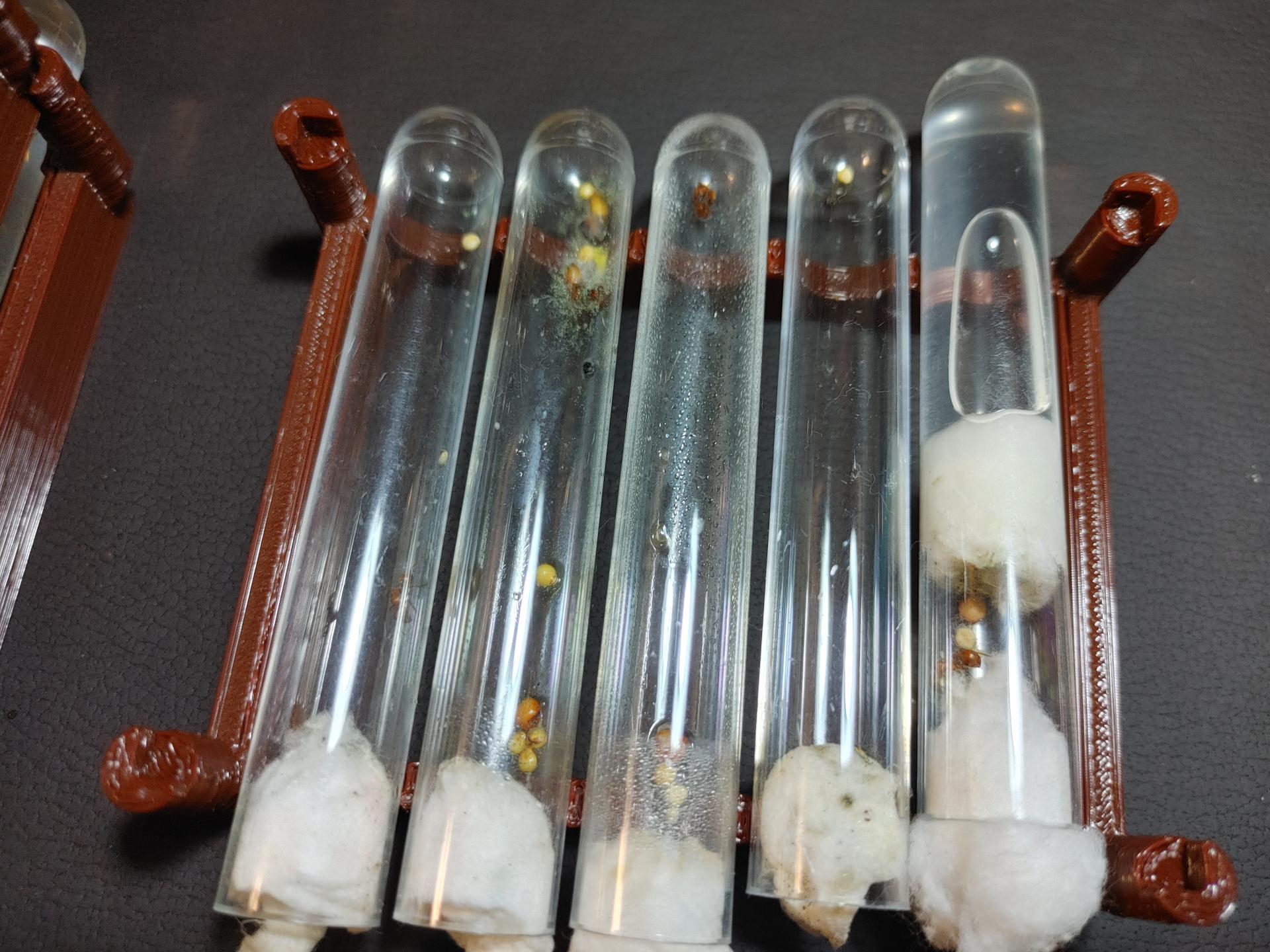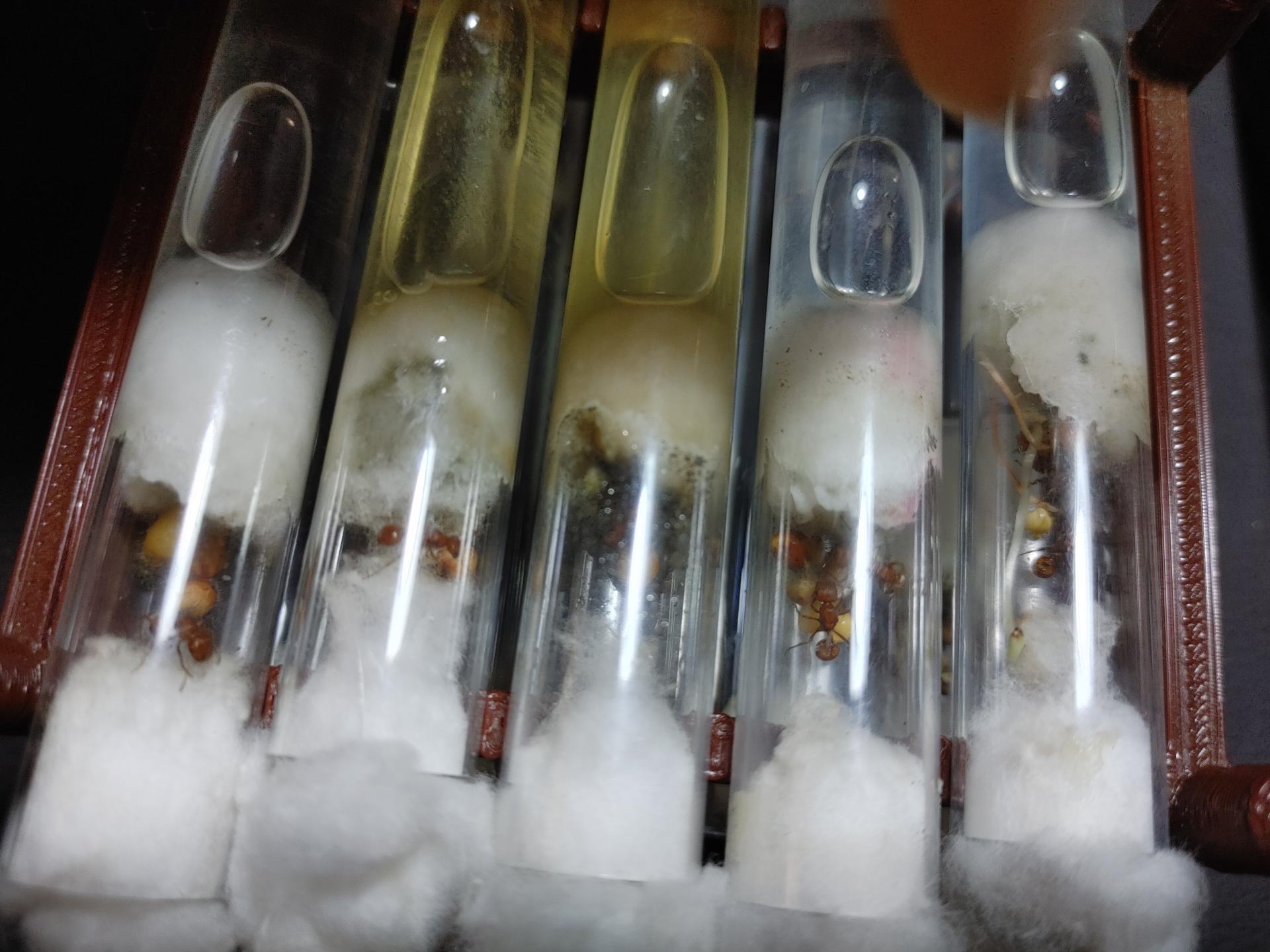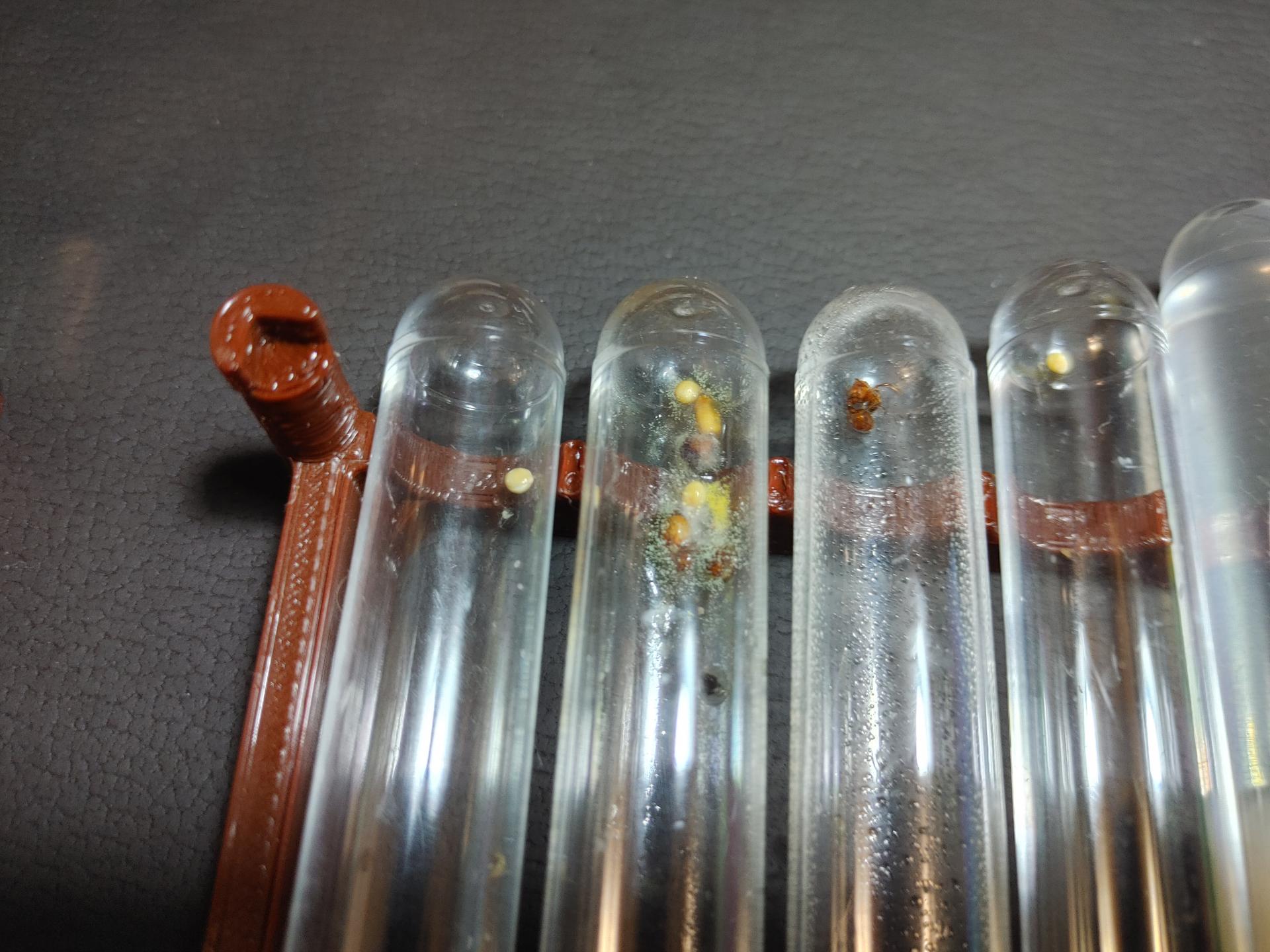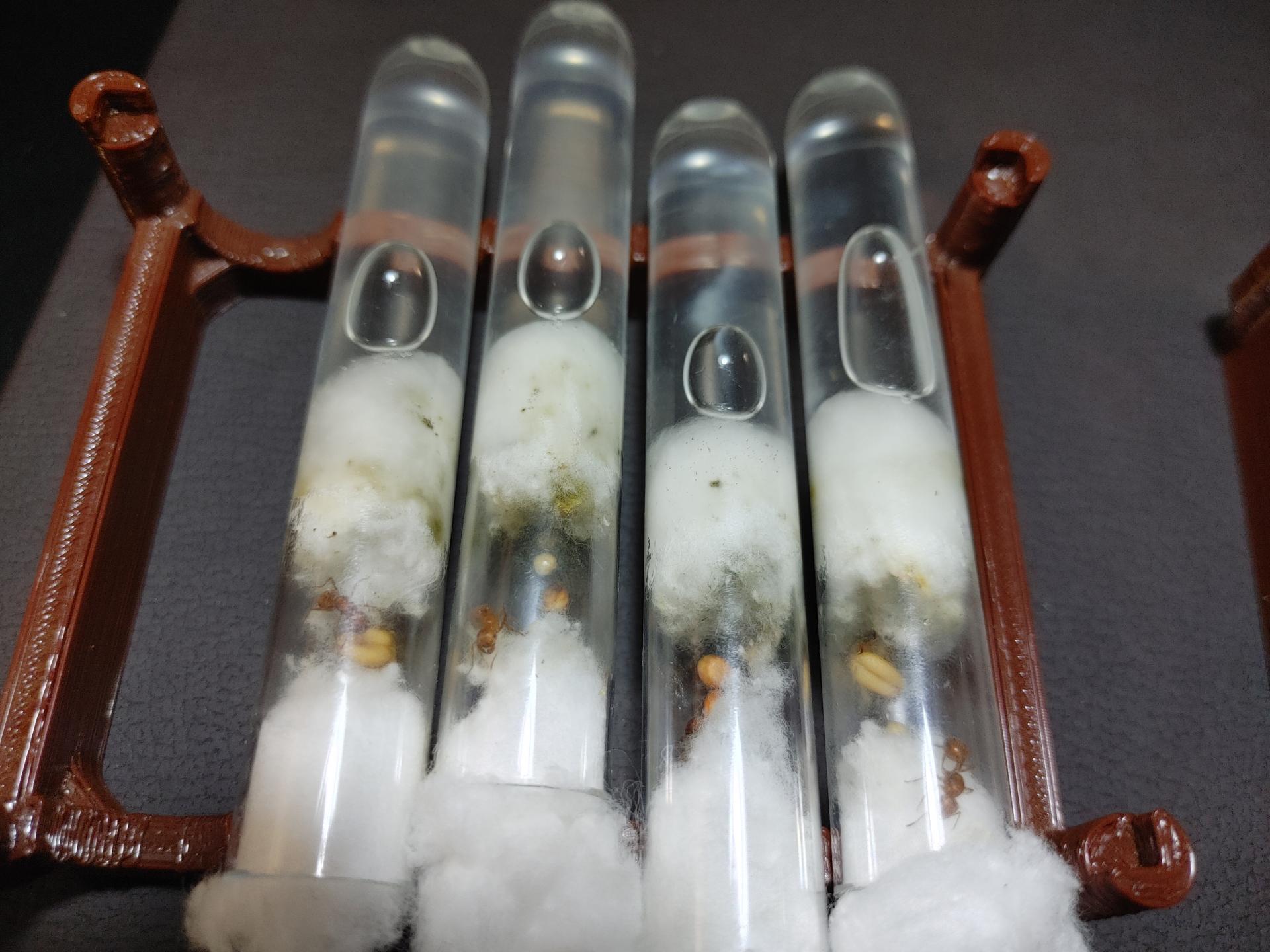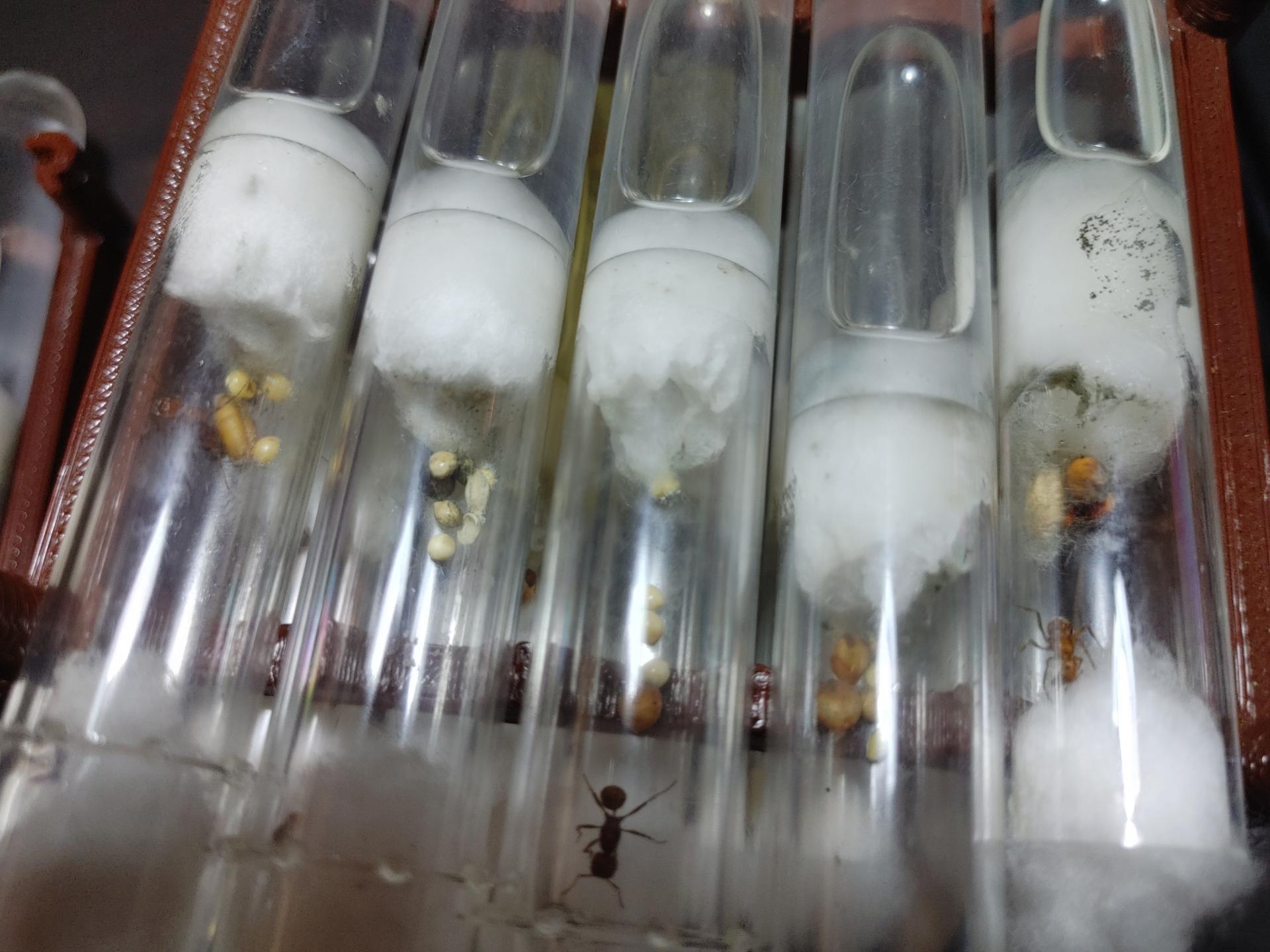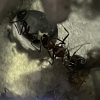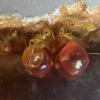I noticed a nuptial flight in my yard yesterday, brought out my test tubes and a UV light and caught 19 queens. Now I'm looking at feeding and caring for them, will keep a few for outworlds or towers and sell the rest. What do you recommend, this is my first big catch and I have been keeping ants for two years? I have honey and seeds.
- Formiculture.com
- Forums
- Gallery
- Members
- Member Map
- Chat


